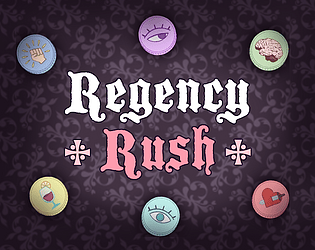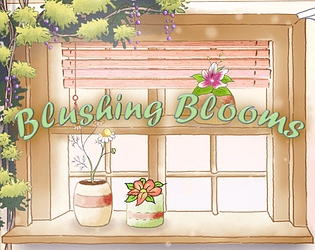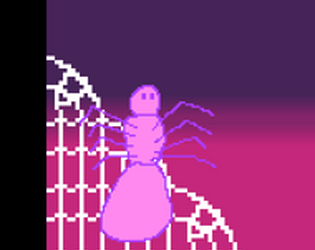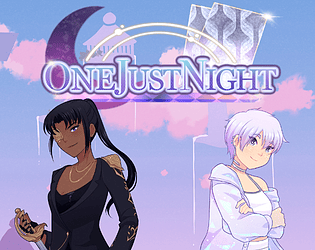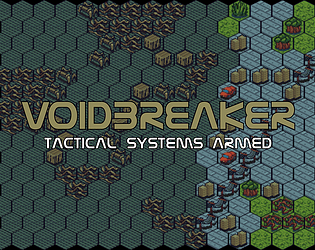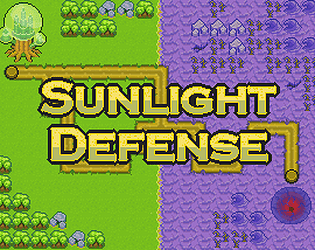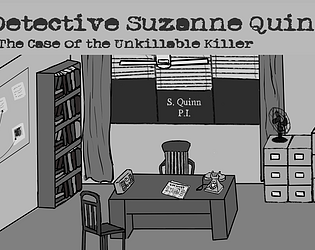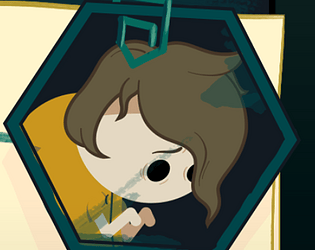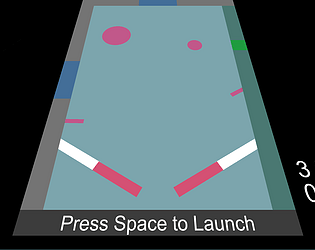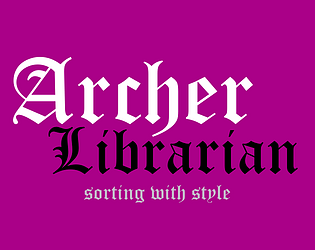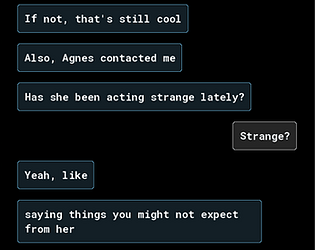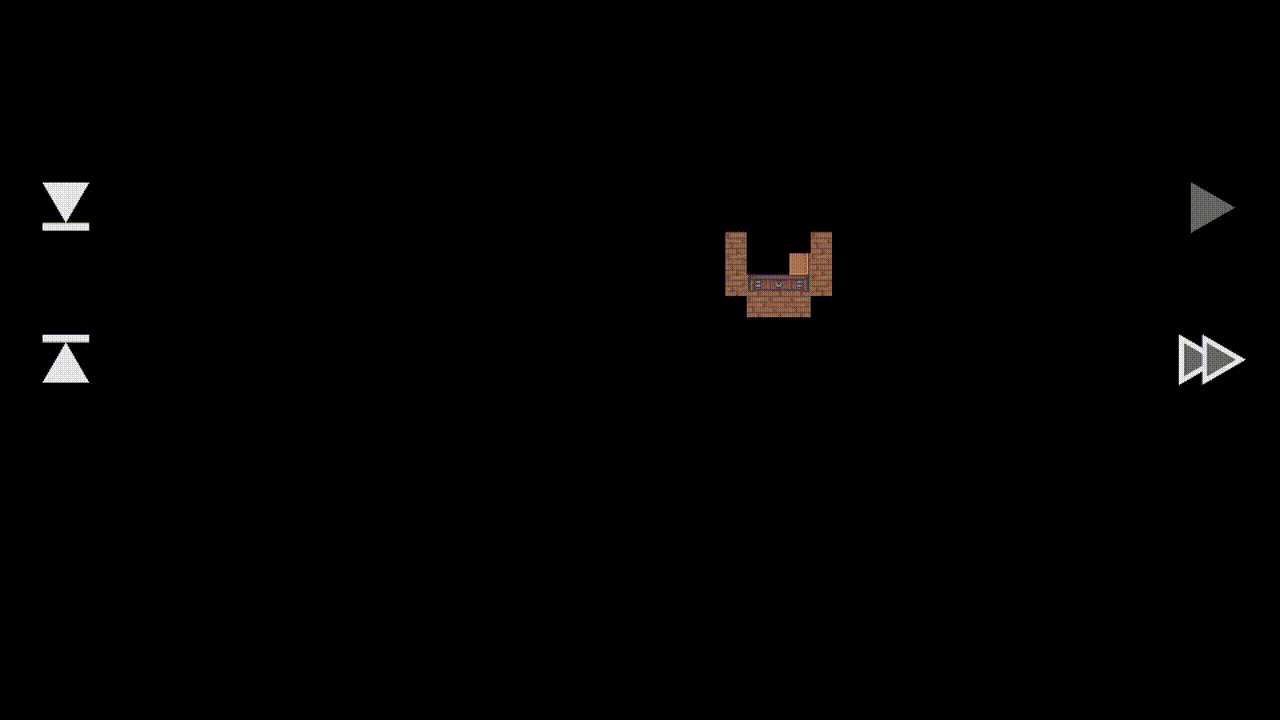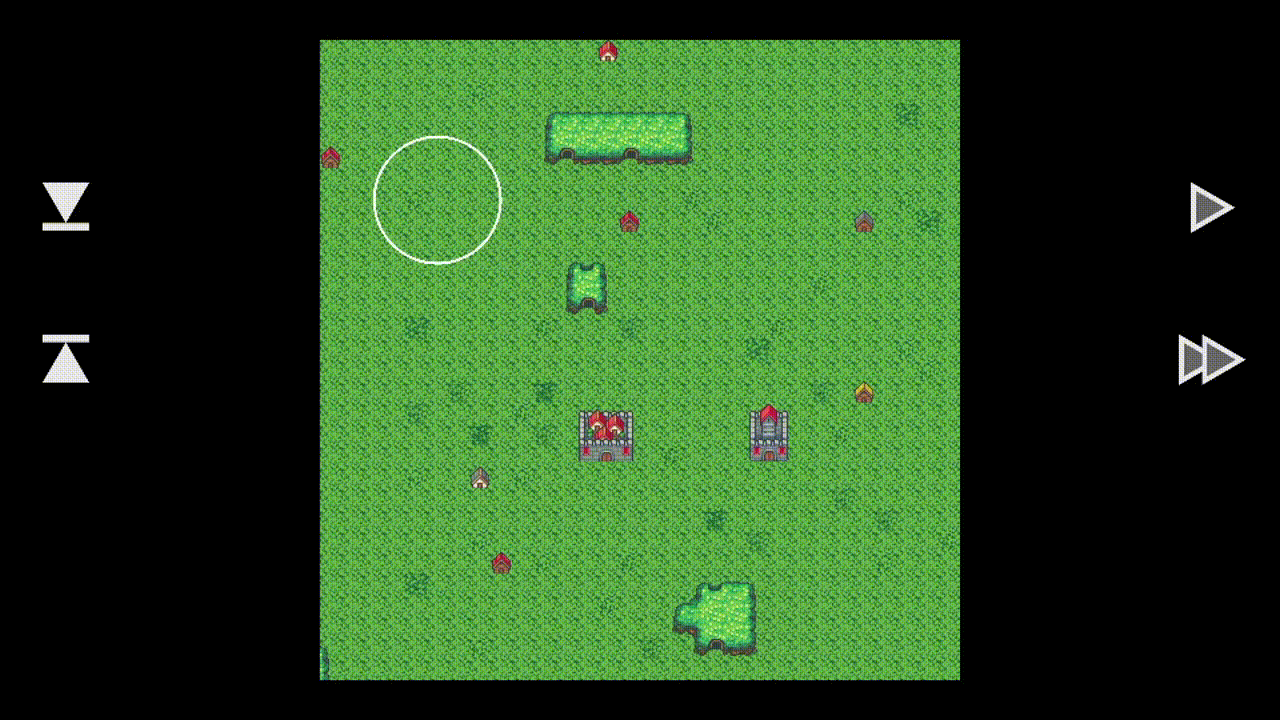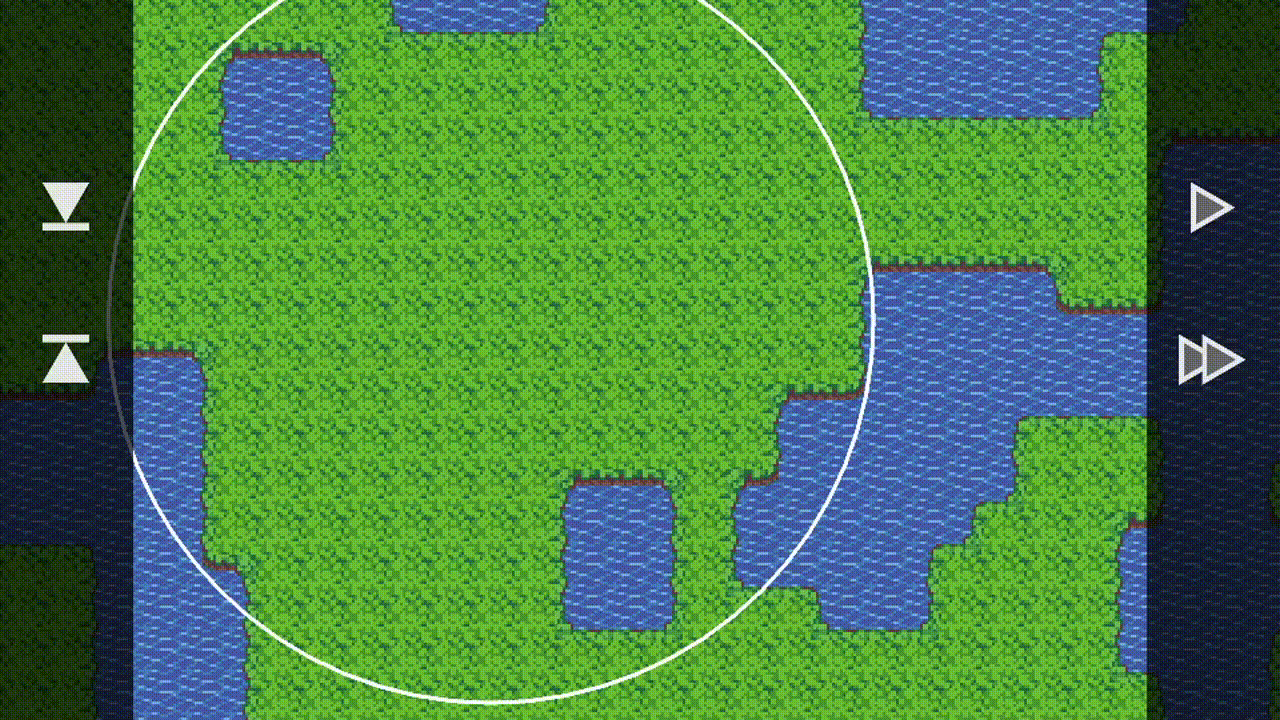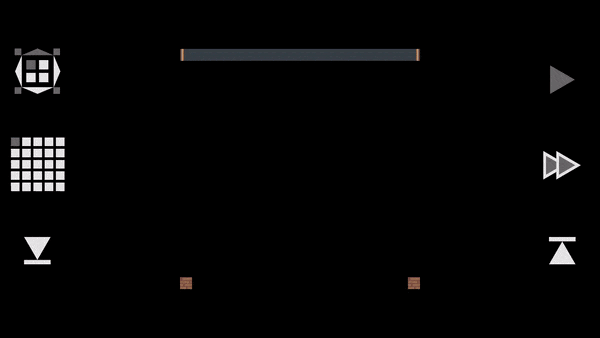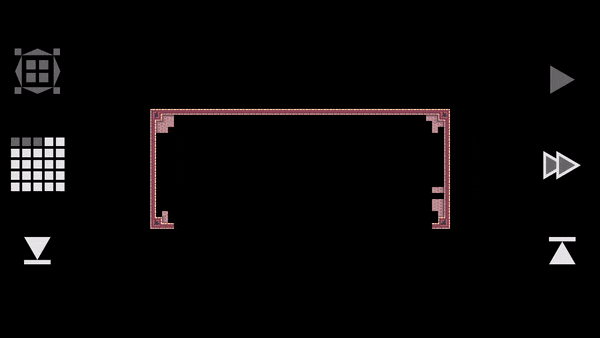This was simultaneously the most chill and also the most frantic time I've ever had growing a plant XD. Sadly, mine didn't survive. I had no idea that letting stats get too low would also drain health until it was too late.
The gameplay loop was really solid. Given the physics you have implemented for tools, it could be cool to utilize that more - like a rare (but not too common) breeze that knocks the tools towards one side of the screen or the other. Just for an extra bit of interaction.


